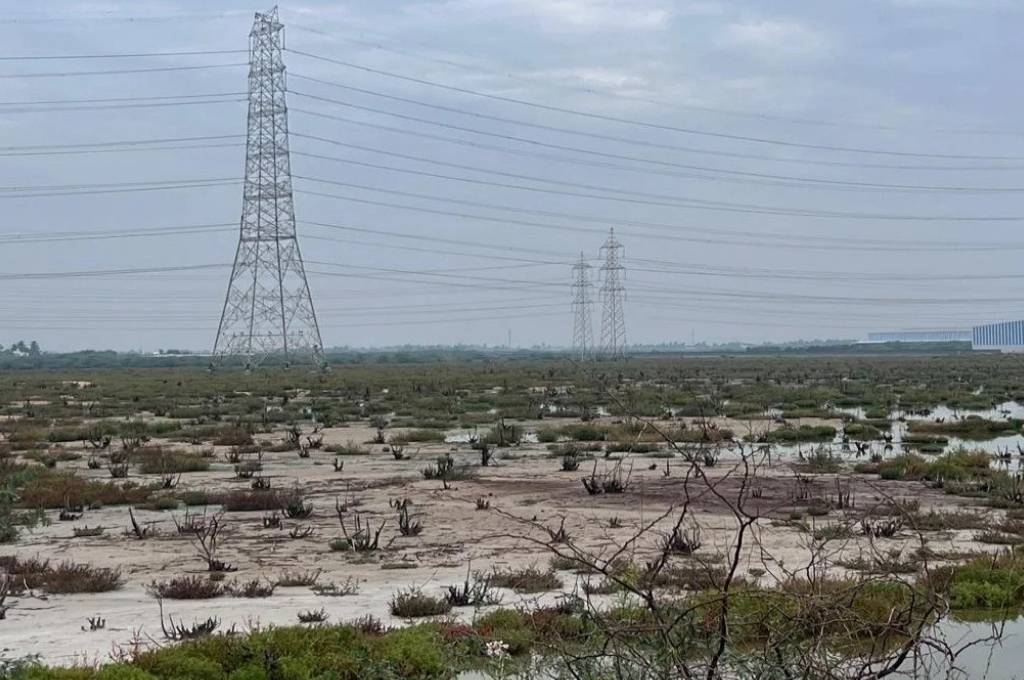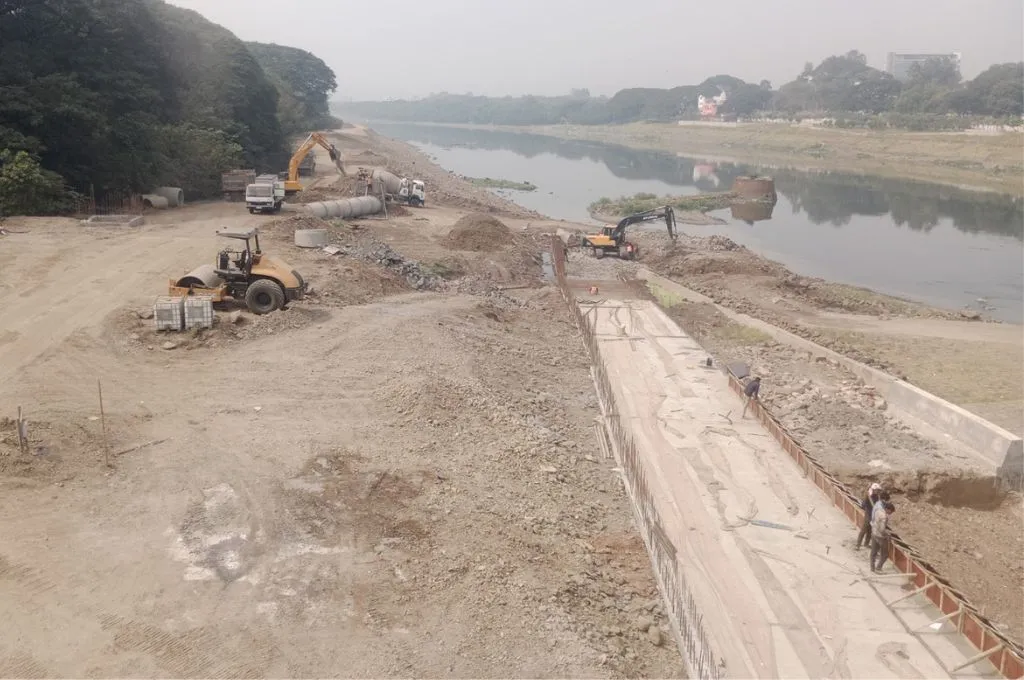In Kumaon, water’s not under the bridge

The Raji community is a particularly vulnerable tribal group (PVTG) that lives in and around Pithoragarh district of Uttarakhand’s Kumaon region. Historically, the Raji people have depended on the forest for resources and livelihoods. “But now that all the water sources in the mountain are drying up and banj (Himalayan oak) and bamboo forests are being taken over by pine, depending on the forest is no longer a possibility,” says Mahesh Rajwar, a member of the Raji community in Jouljibi village of Uttarakhand. As a result, community members are now moving towards agriculture and wage labour.
Two big reasons for the drying up of perennial springs are erratic rainfall patterns and the construction and broadening of roads in the mountains. This is believed to cut off the base flow by disconnecting recharge areas from discharge areas, disturbing the mountain geology. This can completely dry up springs or reduce their flow as well as affect water quality. “Better roads are helping us reach the cities more easily; they have opened avenues for business and tourism is bringing in income. But these changes also have many negative impacts,” says an inhabitant of Kalika village.
The changing forest ecology further exacerbates the issue. Traditionally, the Kumaon Himalayas have had a large oak tree population that helps maintain water levels and prevent soil erosion and degradation. But as pine forestation continues to increase, risks of poor water recharge, forest fires, and soil degradation have multiplied. Traditionally, the people of the Kumaon region depended on perennial springs for irrigation as well as drinking water. With the springs drying up, rainfed irrigation is the only alternative.
For drinking water, houses in the area depend on piped water provided by the Jal Jeevan Mission (JJM). However, the quality of this water remains an issue, with a rise in stomach ailments in the region in recent years. Additionally, the water supply under JJM is also dependent on local water bodies. With drying base flows, the source sustainability of JJM remains a challenge.
As agriculture becomes rainfed, people seek to shift to other means of livelihood. But wage labour opportunities are also becoming increasingly hard to come by in the villages. Rising tourism has boosted the state economy, but the remote dwellings of the Raji community haven’t benefitted from the boom. These reasons are forcing many from the community to migrate to bigger cities, mostly outside the state. As a result, the demographic structure of the villages is changing, with only women, children, and elders left behind.
Local institutions have yet to address these issues. Van Panchayats were initially formed by the British government in 1921 as a response to the settlements and reservations in the region. They were set up with the aim of promoting community-managed forests. The use, monitoring, sanctions, and arbitrations of the forests (common property) are guided by rules and regulations decided by the community. However, bureaucratic processes, lack of technical control, and corruption have made their workings harder. As a result, Van Panchayats have not been as effective in managing forests as intended and have been unable to do much for forest restoration in the region.
Suchiradipta Bhattacharjee and Garima Taneja work with the International Water Management Institute. CGIAR Initiative on National Policies and Strategies supported their research in Kumaon.
Alok Sikka, Manya Dikshit, Shilp Verma, and Archisman Mitra contributed to this article.
—
Know more: Learn how pine trees impact Himachal Pradesh’s ecology.
Do more: Connect with the authors at iwmi-delhi@cgiar.org to learn more about and support their work.



